In our world, one in eight people live in informal settlements known as slums or ghettos. In total, around a billion people live in slum conditions today [1]. This not only amounts to a rather unacceptable contemporary reality but to one whose numbers are continuously growing.
In our dominant urban culture we often portray people living in ghettos in very negative stereotypes. Recent discourse has emphasized that enacted laws are the cause of segregation in the development of cities. But before and alongside these laws a long history of community prejudicial beliefs did exist, many of which have outlived the laws they produced. Prejudice against slum communities is manifested in the lived realities of disadvantage and policy marginalization, which leads to the persistence of poverty and inequality in the world.
The operations that continue the transformation of cities are less and less about people and more about real estate, investment and opportunities to accrue wealth. Decades go by and the challenge remains: how can we stop excluding fellow humans and citizens from the benefits of urbanization and from fair and equal opportunities to attain individual and collective progress and prosperity? It is clear that the current practices have only diminished diversity and have been slowly extinguishing the cultural background of cities.
As architects we have had an unbridled acceptance for this homogenization and we have been ignoring other forms of production outside the market system. If we as professional people don’t start grasping slums as mainstream spaces we will never come close to understanding our cities’ urbanity.
Through participatory design processes we can get involvement in the community, build bonds and start breaking mental barriers that have plagued our minds and have been creating fractured cities. We need to come up with kind gestures that include those ignored communities and complete our own notion of our cities.

After living in Rome, our Expert Elisa Silva moved back to Caracas with a strong conviction to help this types of enclaves, what they call in Venezuela “barrios”. In our “Social Inclusion in Urbanism” course Elisa Silva shares so many case studies that are frankly eye-opening in regards to what can happen when we focus on parts of a city that are not seen as an opportunity for investment but are, in their own terms, a contribution to urban culture.


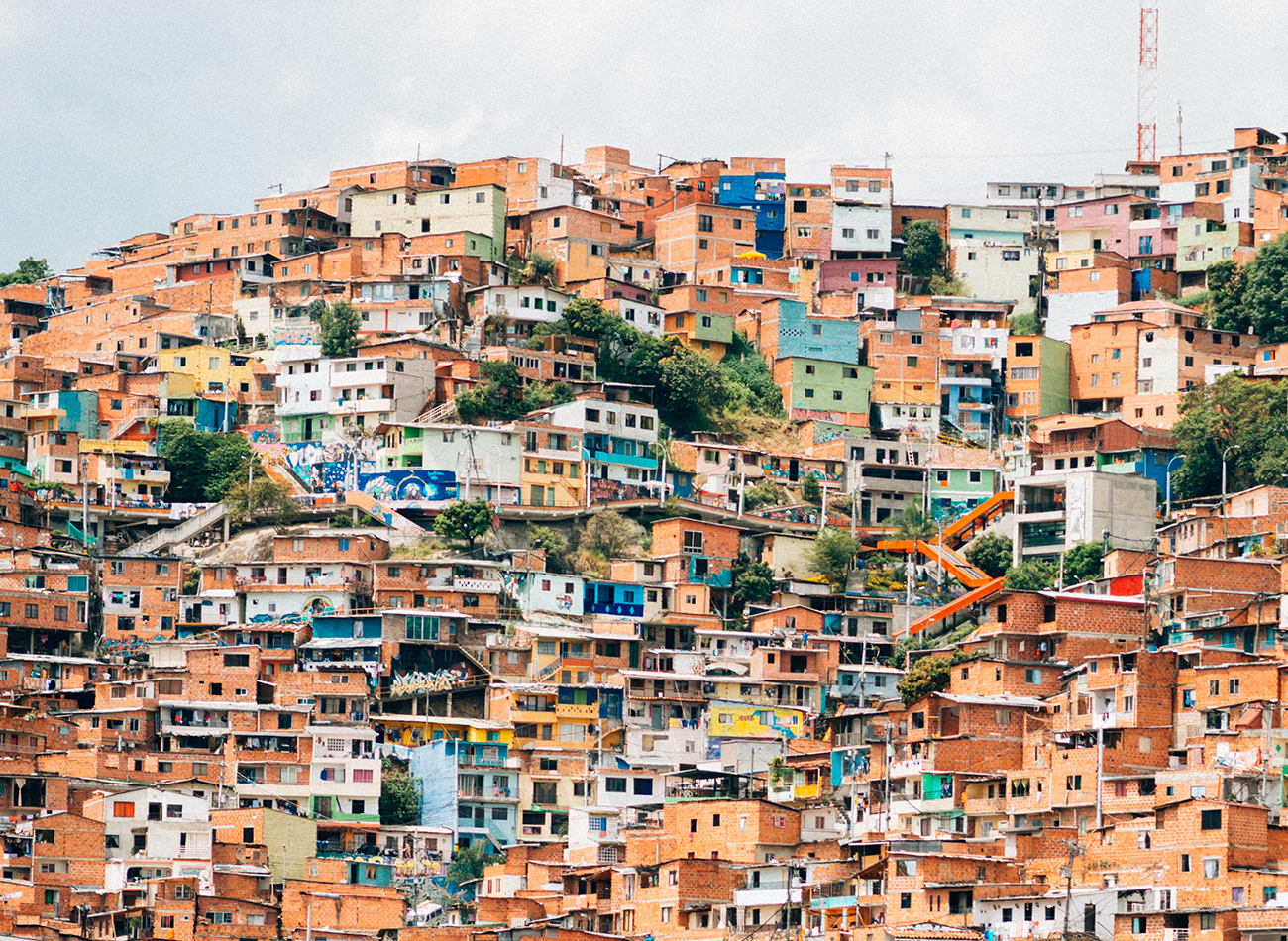
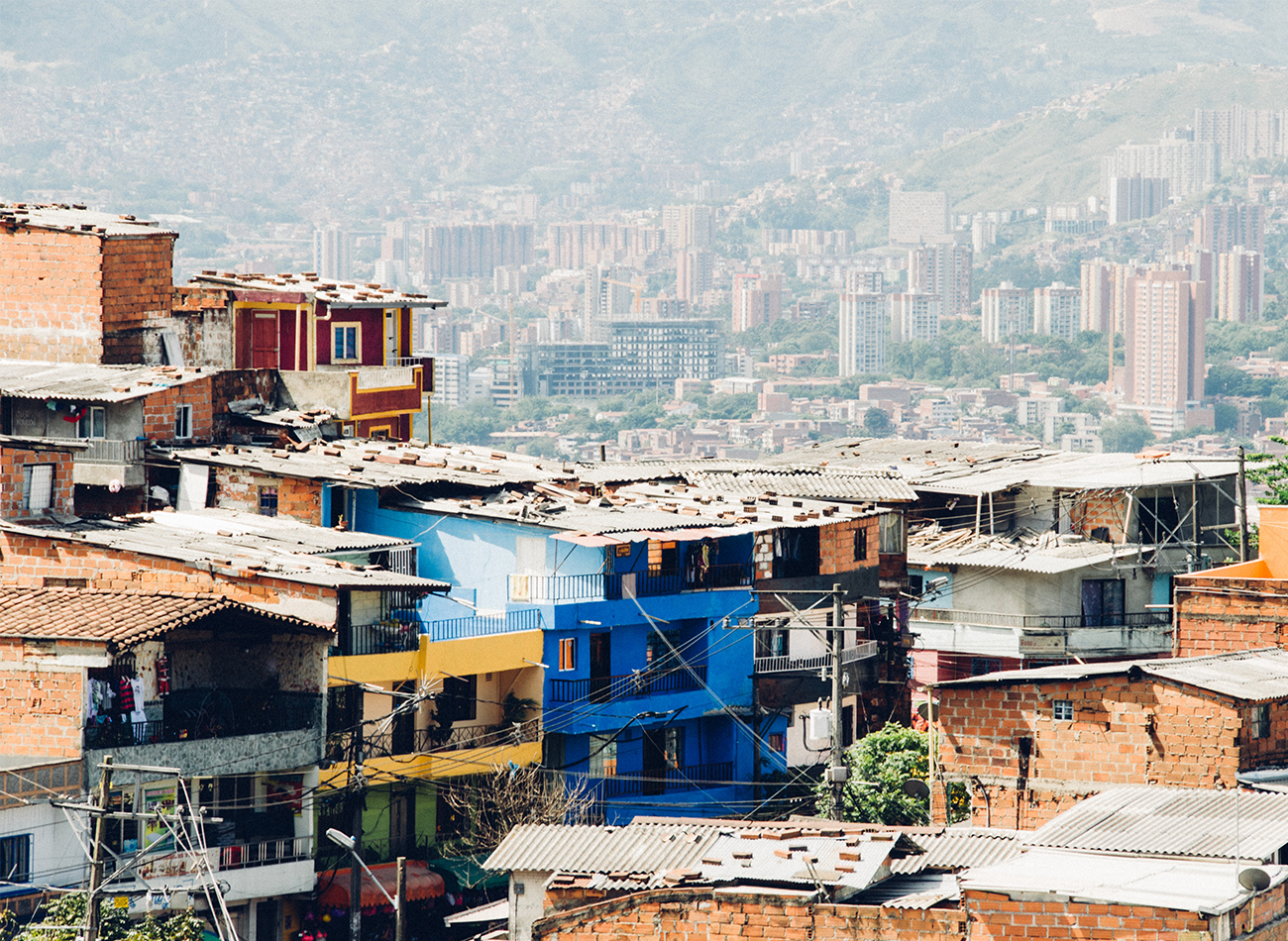
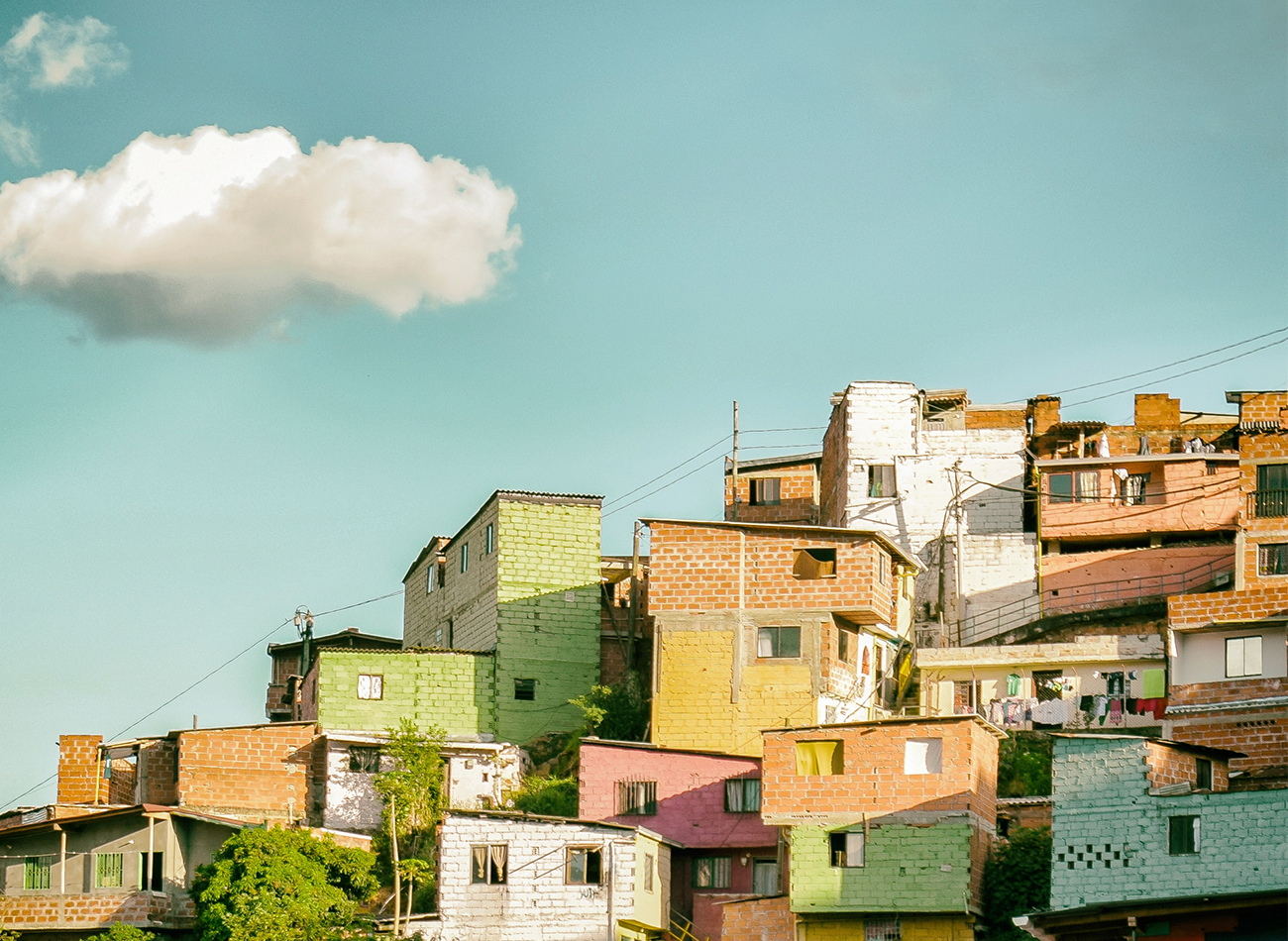

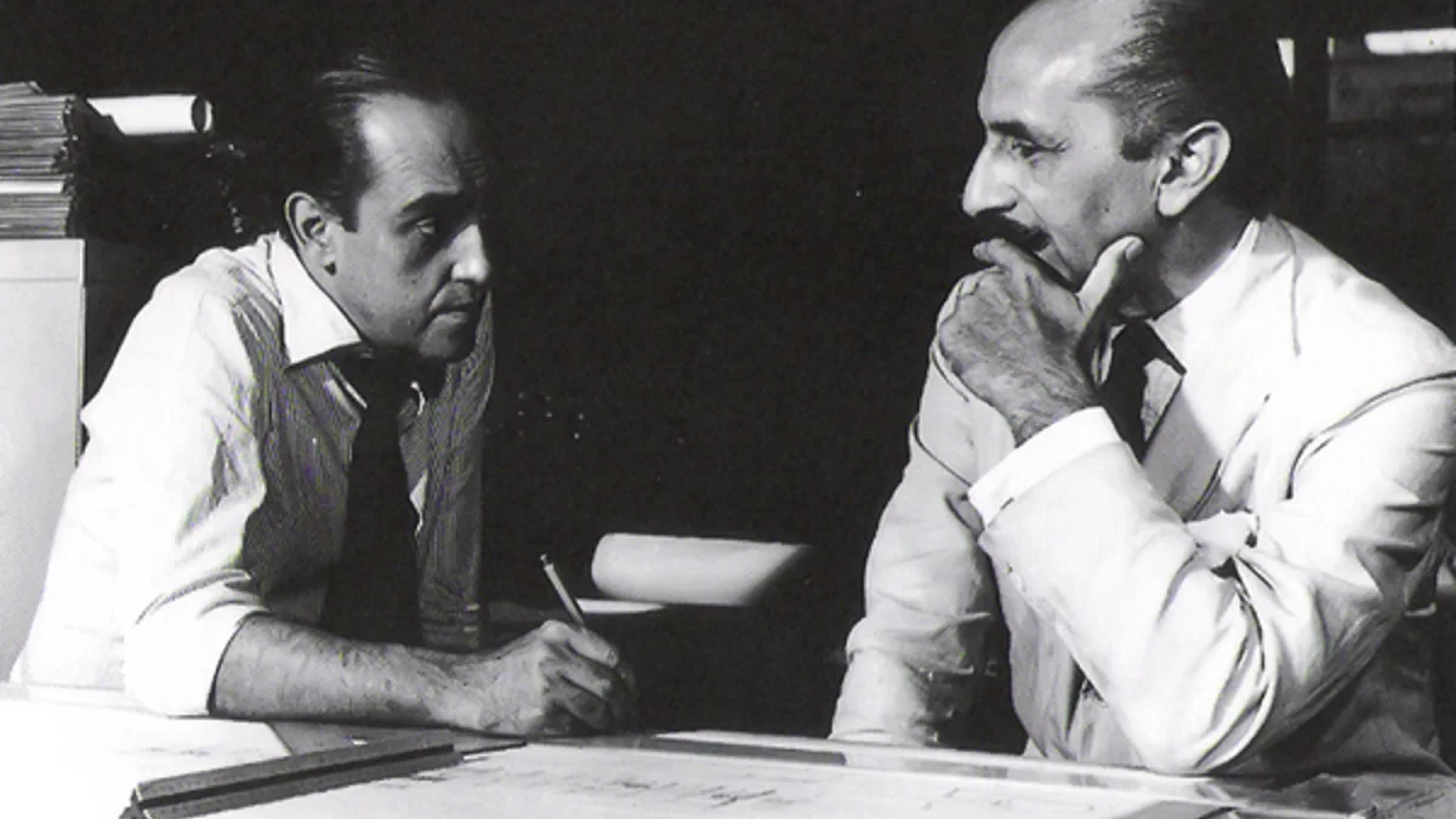

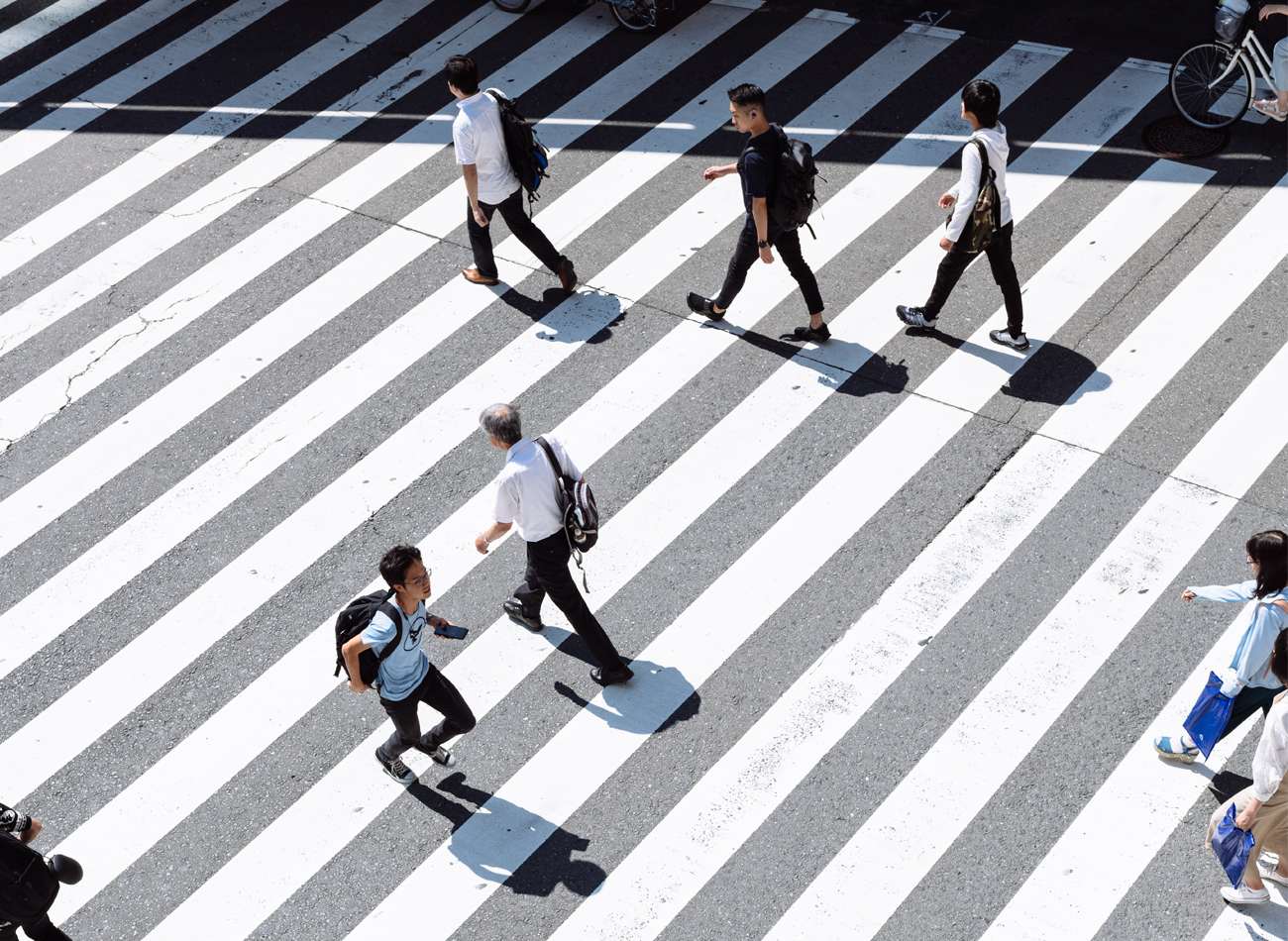
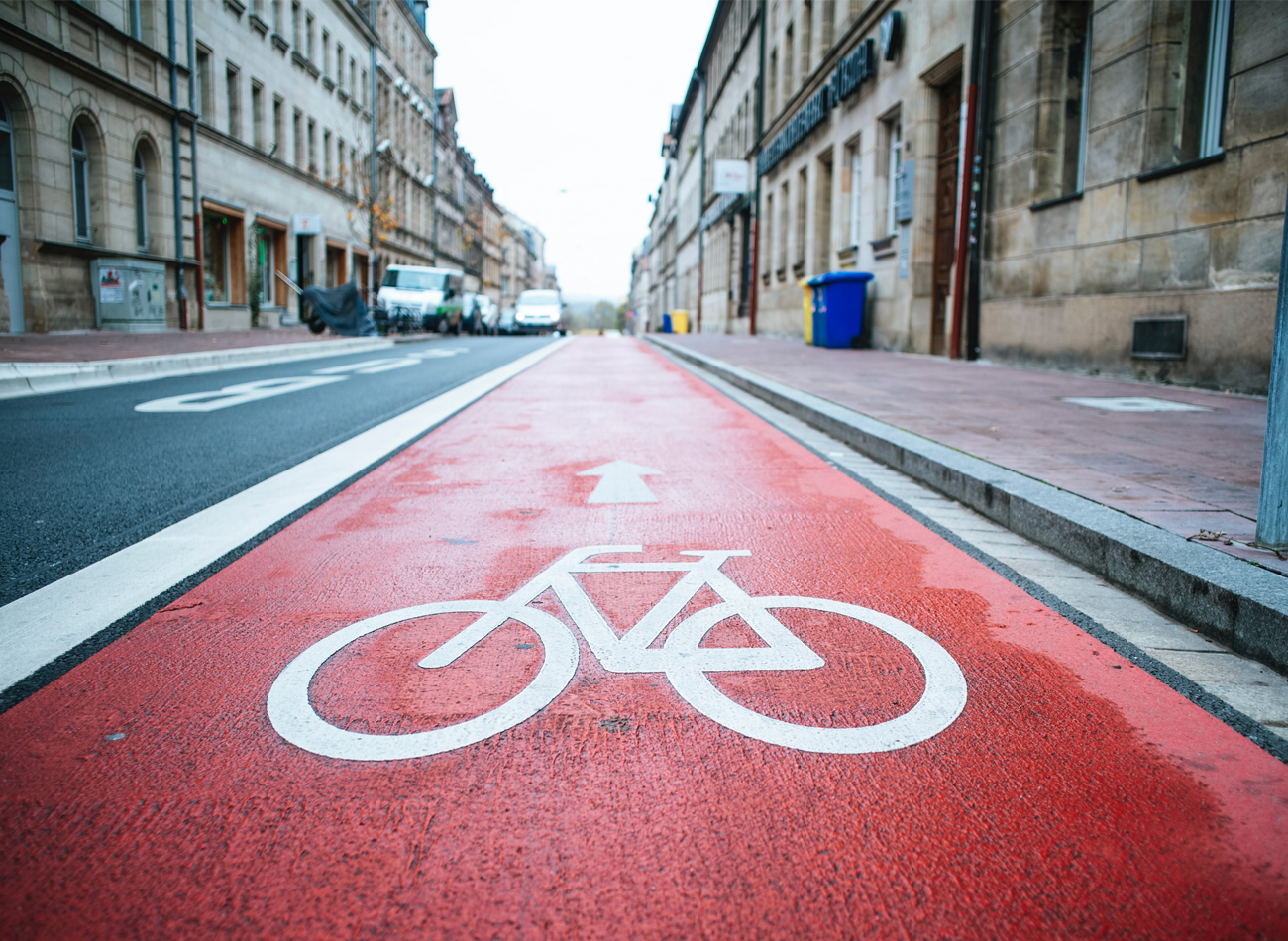
Leave A Comment